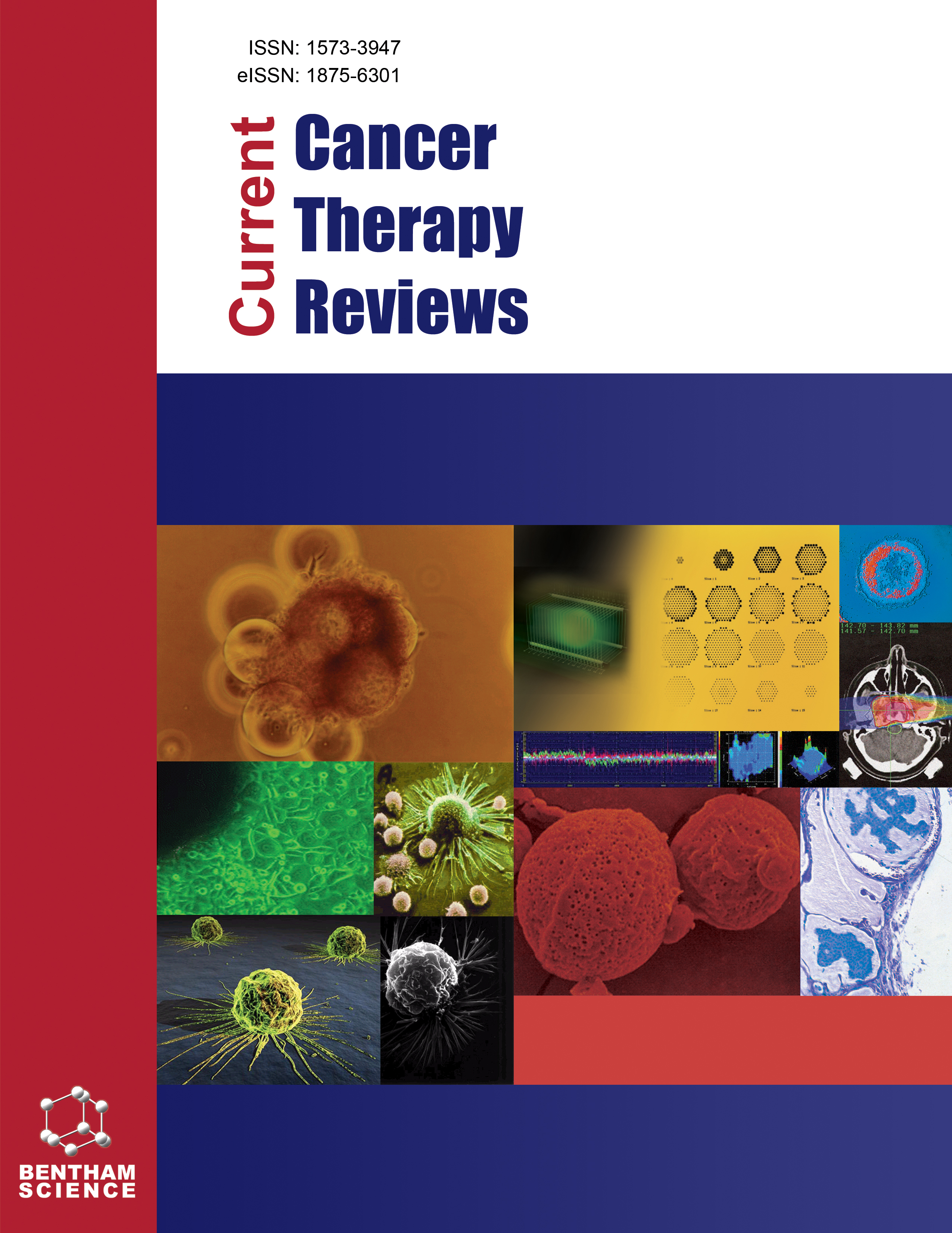-
oa Runx1/AML1 is a Guardian of Hematopoietic Stem Cells
- Source: Current Cancer Therapy Reviews, Volume 4, Issue 3, Aug 2008, p. 188 - 195
-
- 01 Aug 2008
Abstract
An oncogenic stimulus in a cell primarily results in hyperproliferation. However, uncontrolled cell proliferation is sensed by the cell and triggers a fail-safe mechanism resulting in senescence, apoptosis, or differentiation. This phenomenon is considered to be a cellular fail-safe mechanism to eliminate undesirable cells from a population of healthy cells. The RUNX1/AML1 gene, one of the most frequently targeted genes in human leukemia, is induced by the Ras oncogene in hematopoietic stem/progenitor cells and required to maintain the fail-safe mechanism. The stem cell pool is thereby protected from oncogenic insults and cancer-initiating cells, which would become cancer stem cells after accumulation of sequential genetic changes, are eliminated. This fail-safe mechanism and the consequence of its disruption in oncogenesis seems to be a fundamentally important concept, but have not been fully recognized to date. Gaining a better understanding of this mechanism might lead to new strategies to treat cancer stem cell-associated resistance to chemotherapy which is the subject of intense discussion in recent years.


